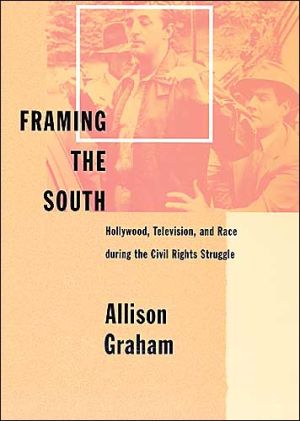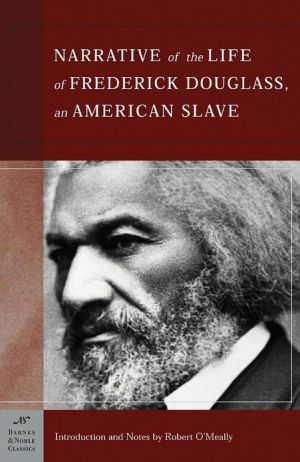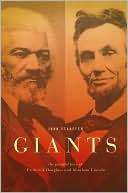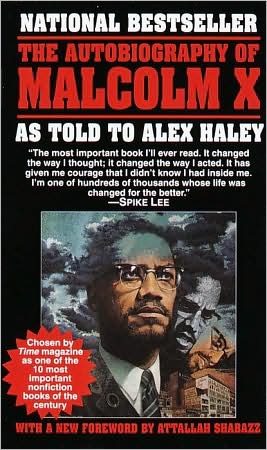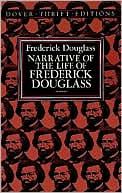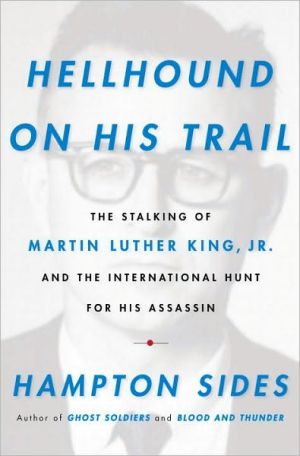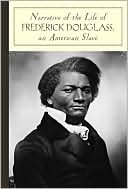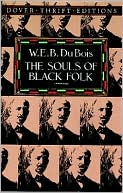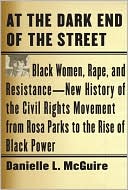Framing the South: Hollywood, Television, and Race during the Civil Rights Struggle
What patterns emerge in media coverage and character depiction of Southern men and women, blacks and whites, in the years between 1954 and 1976? How do portrayals of the region and the equal rights movement illuminate the spirit and experience of the South—and of the nation as a whole? In Framing the South, Allison Graham examines the ways in which the media, particularly television and film, presented Southerners during the period of the civil rights revolution.\ Graham analyzes depictions...
Search in google:
"Graham deftly explores the ways Hollywood filmmakers and television producers tried to reformulate stock southern characters in light of rapidly changing social relations... A fascinating and compelling cultural history." -- American Studies
Contents:List of IllustrationsAcknowledgmentsIntroduction: Remapping DogpatchChapter 1 "The Purest of God's Creatures": White Women, Blood Pollution, and Southern SexualityChapter 2 Sentimental Educations: Romance, Race, and White RedemptionChapter 3 Natural Acts: Hillbillies, Delinquents, and the Disappearing PsycheChapter 4 Reeducating the Southerner: Elvis, Rednecks, and Hollywood's "White Negro"Chapter 5 Civil Rights Films and the New Red Menace: The Legacy of the 1960sNotesEssay on SourcesIndex
\ American Historical ReviewProbing, provocative, lively... Graham's often original readings and entertaining renderings [of films and television shows]... chart the tangled route whereby race becomes subsumed by class and then rediscovered. She reaches widely in her literary, film, and television references, which she juxtaposes with civil rights events to suggest how the former 'framed' the latter but also how film and television fiction sometimes offered a competing narrative as to race and civil rights... Graham has written a book very much worth reading. It is at once entertaining and instructive, and it makes 'real' the reel South as no other book to date.\ — Randall M. Miller\ \ \ \ \ \ Journal of Southern HistoryA resourceful, imaginative, sure-handed analysis by an author who knows both how movies and television get made and how to get at what those products mean.\ — Thomas Cripps\ \ \ \ Journal of CommunicationShe restores to our field of view media texts of real complexity that have been overlooked by previous analyses... An often poetic and crisply edited long essay.\ — Kevin Jack Hagopian\ \ \ \ \ \ Southern HistorianThis text would be an excellent place for readers who have very little background in film or media history to begin delving into the ongoing discussion of how much reality drives media and how much media drives reality.\ — Dana L. Hettich\ \ \ \ \ \ Journal of American HistoryProvides detailed analysis of interactions among race, gender, and, crucially, class, often neglected in cultural studies. It draws upon an enormous range of evidence. Seemingly unlikely material such as 1950s films on teenage delinquency is convincingly woven into the analysis... Not least, the book is leavened with humor in a way that makes the argument more compelling... This book provides new insights, showing how varied and subtle is the encoding of major events and struggles. The argument is complex yet accessible, making it an invaluable teaching aid. It is a major contribution to scholarship on racism and the civil rights movement in America.\ — John A. Silk\ \ \ \ \ \ Georgia Historical QuarterlyPerceptive... A sophisticated analysis of films produced during the civil rights era... Readers who wish to understand the ways popular media buttress conservative assessments of race in American life will do well to digest Graham's helpful volume.\ — Andrew M. Manis\ \ \ \ \ \ Bright Lights Film JournalProvides a perfect critical lens through which to appreciate what lies behind all the representations of the South flashing across the screen... In this meticulously researched and accessibly written book, [Allison Graham] covers such issues as the eugenics movement and class politics, white women's sexuality, the star personae of Elvis and Andy Griffith, and the political power of Southern populists. Her methodology is part of what makes the book so readable: it's interdisciplinary but not jargon-laden, drawing on the most exciting recent academic studies in cinema, culture, class, history, sociology, whiteness, gender, sexuality, and politics. The close readings in the book are never so detailed that they become tedious, but even for readers unfamiliar with the primary sources, Graham's analysis is persuasive and fascinating to read. There is no way to adequately summarize all the ingenious bits of reading pleasure in this book.\ — Julia Leyda\ \ \ \ \ \ ScopeThe best book I have found that discusses popular cinema and the American South... Graham's is a groundbreaking study that locates both blacks and whites in post-World War II cultural history. Her scholarly monograph contributes significantly to historical and film studies... Graham's book is lively, aesthetically informed, and teeming with insightful observations about a variety of topics: white women in race-conscious films; the 'anarchic physicality' of the redneck; the centrality of the 'cracker' to our understanding of American racism; the southern delinquent as social activist; the corrupt southern lawman and the redemptive southern lawyer.\ — Sharon Monteith\ \ \ \ \ \ American StudiesIn a series of interlocking essays, Graham deftly explores the ways Hollywood filmmakers and television producers tried to reformulate stock southern characters in light of rapidly changing social relations... A fascinating and compelling cultural history that should be of use to a wide array of scholars.\ — Patrick D. Jones\ \ \
